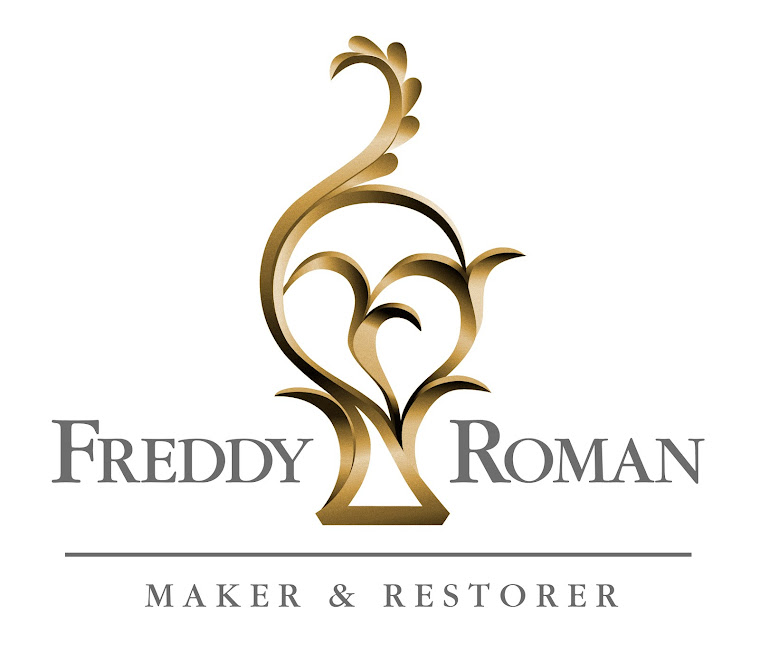I am in the beginning stages of repairing 110 chairs for the MIT chapel in Boston Massachusetts. When I am repairing any piece of furniture new, vintage, or antique I always weigh my options. The question I always ask myself is can I save the damaged area or do I need fabricate a new part. There are many things to consider when making this decision and they should not be taken lightly. In the video above you will see me saving a chair rail from one of the MIT chairs by fabricating a new tenon.
The process... To save the chair rail I vertically bored a 1/2 inch hole about 1 inch deep in the chair rail. The rail was 5/8 thick overall. By boring a hole perfectly centered I knew I had 3/32 -1/8 inch of wood all around to help hold the new tenon in place. Why bore 1 inch in the rail? Over the years I have tested different length and width tenons in holes and have determine that 1 inch is ideal. Anything less can break and anything more doesn't drastically improve the strength.
Once the hole is bored I take a dowel and size it to fit in the 1/2 inch hole. I make the tenon by rotating over a saw blade while using a miter gauge. This is really quick work and really easy.
The adhesive I love using for such repairs is West System G/Flex epoxy. This epoxy is thick, slow setting, and wicked strong. I have tested this epoxy by gluing two pieces MDF for 24 hours and than trying to break the joint. What resulted from the bashing of the hammer was everything else broke but not the joint.
After the epoxy is dry I am ready to glue the chair. The new joint/tenon is stronger than ever. Please note epoxy is only used when all other options will possibly fail. There is no need to use epoxy to glue up the chair. Always think about the next person who will need to fix the chair in the future.
Thank you for reading and watching the short video.
Cheers!





